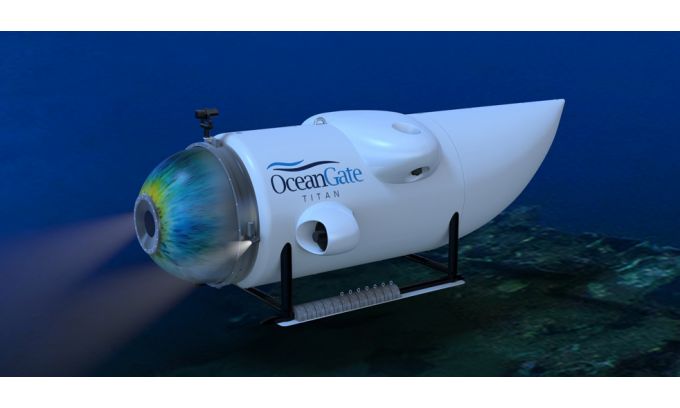19th Sep 2023
The Reasons behind Why OceanGate’s Titan Submersible Imploded
The implosion of OceanGate's Titan submersible, a tragic and remarkable event in the field of deep-sea exploration, occurred due to a complex interplay of factors that subjected the vessel to extreme pressure conditions beyond its structural limits.
Here's an in-depth explanation of why the Titan submersible imploded:
Extreme Depth: The Titan submersible failed short of its design to explore extreme ocean depths, particularly in the Challenger Deep within the Mariana Trench, the deepest known point in the world's oceans. At these depths, the water pressure can reach mind-boggling levels, exceeding 15,000 pounds per square inch (psi), which is more than a thousand times the atmospheric pressure at the surface.

(credits to image owner)
Hull Integrity: Submersibles like the Titan are constructed with thick, specially engineered hulls to withstand the immense pressure of the deep ocean. These hulls are typically made from high-strength materials like titanium. However, even the strongest materials have their limits, and any weakness or structural flaw can be catastrophic under such extreme pressure.
Manufacturing Defects: While submersibles are constructed to exacting standards, there's always a risk of manufacturing defects, material imperfections, or welding errors that may compromise the integrity of the hull. These defects might not be apparent during initial inspections but can become critical points of failure under immense pressure.
Operating Conditions: The operational conditions during the dive could have played a role in the implosion. Sudden movements, sharp turns, or descending too rapidly can increase stress on the hull. Even minor structural damage or distortion can weaken the submersible's ability to withstand pressure, making it susceptible to implosion.
Hydrostatic Pressure: Hydrostatic pressure, which increases with depth, exerts force uniformly on all surfaces of the submersible. Any weakness or compromised area in the hull can succumb to this immense force, leading to the collapse of the vessel.
Failure to Equalize Pressure: Properly designed submersibles have systems to equalize the pressure inside and outside the vessel to prevent implosion. Any malfunction or failure of these pressure equalization systems can have catastrophic consequences.
Inadequate Safety Margins: In some cases, submersibles may be pushed close to their pressure limits in the pursuit of deep-sea exploration. Operating at or near these limits without adequate safety margins can increase the risk of implosion.
Final Say
It's important to note that deep-sea exploration is inherently dangerous and pushes the boundaries of technology and engineering. Even with meticulous planning and cutting-edge materials, there's always an element of risk involved when venturing into the abyssal depths of the ocean.
Tragedies like the implosion of the Titan submersible serve as somber reminders of the challenges and dangers associated with exploring the mysteries of the deep sea.
